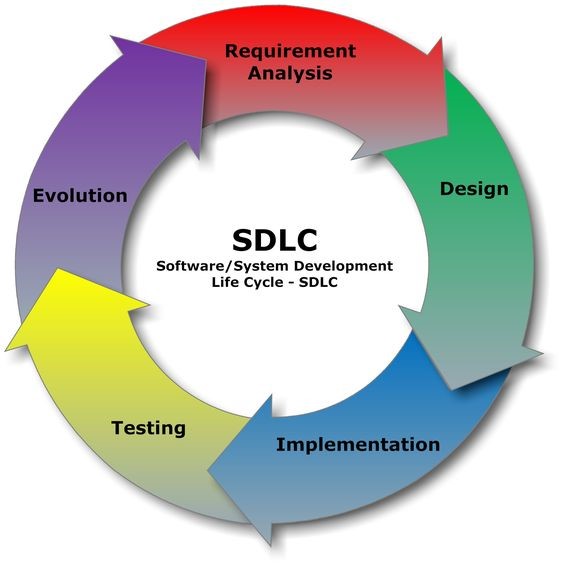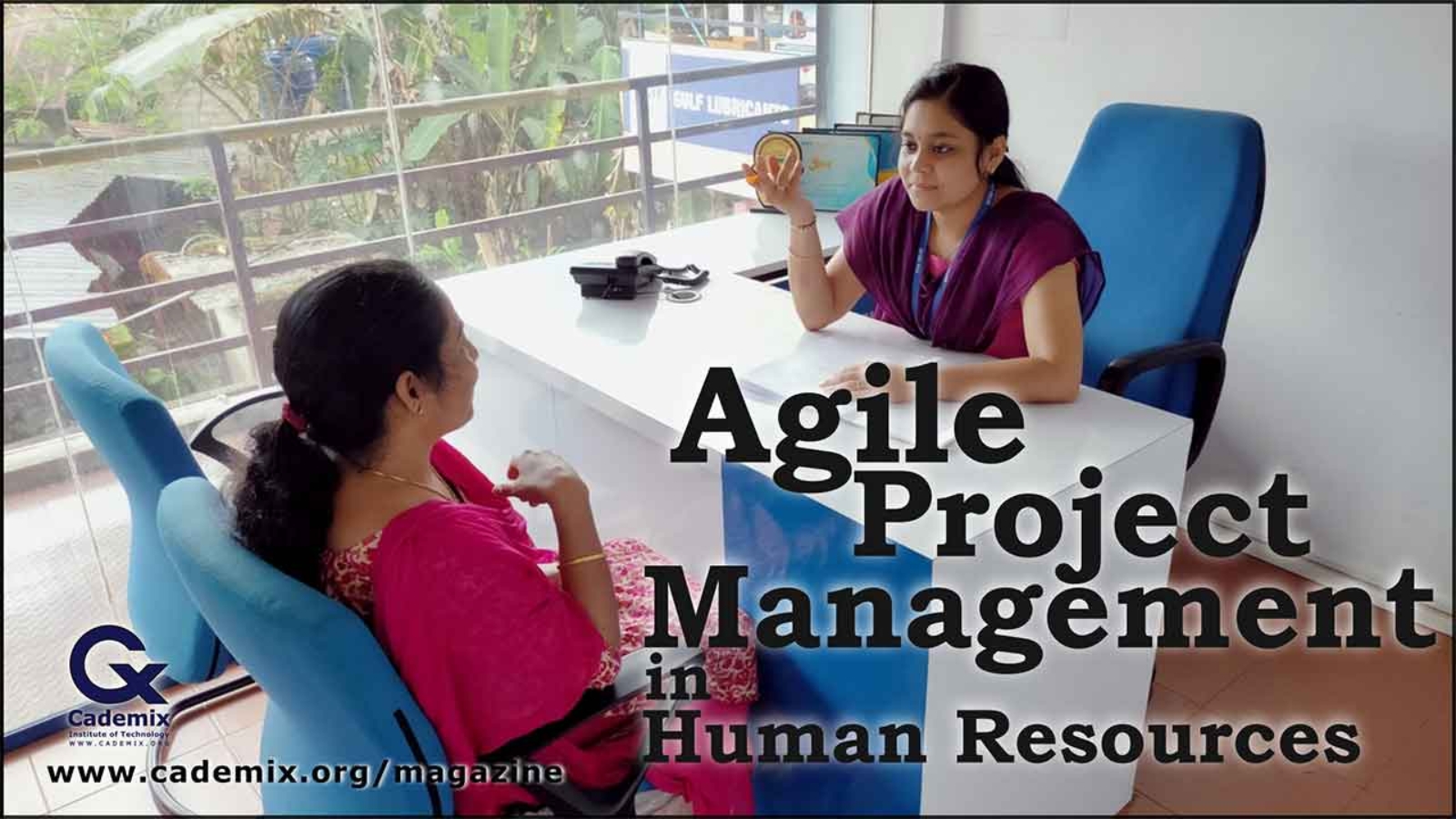By Bonisha Babu, Management professional with expertise on HR Agile Management
What is Agile?
Agile is a theory that focuses on motivated individuals and their relationships and on an enterprises early and continuous delivery of value. In software growth, Agile has enduring appeal and ‘proved’ itself. Although the reasons are convincing, however, proof that it is more advantageous than alternative methods remains largely anecdotal.
Agile may be a ‘placebo’ project delivery. Those who involved usually want it. Agile empowers individuals; builds transparency, facilitates diversity of ideas, enable benefits to be released early, and encourages continuous improvement. It allows for early testing and dismissal of decisions with feedback loops that have advantages that are not obvious in waterfall
In addition, it helps to bring about change when requirements are unclear and helps to develop client and customer engagement. It concentrates on what is most beneficial. Thus we adjust the changes that helps to promote cultural improvement. Agile can help with decision-making as feedback loops help save money, re-invest and make fast wins.
HR Agile Management or what does Agile mean to HR?
Agile approach is no longer exclusively about technology. It’s transforming how organizations hire, develop and manage their people. It also transforms how HR interacts with the workforce, from doing things for employees to design programs and technology with and for employees. Agile or in particular the HR Agile Management is in many ways, the backbone of efforts to design, understand and improve employee experience.
AHR Agile Management has the ability to redesign and modernize the organizational model as a profession. It is not necessary to work in an Agile organization to do Agile for HR. Realizing the benefits very quickly by adding a few basics measures is very important in daily work. Many HR techniques include a wide range of nuanced subjects, such as the creation of customized employee experience for multi-generational and diverse workforces. Or to build potential leaders for positions that do not even exist yet. While these dynamic objectives are worthy, the value delivered at any one point in time is often left undefined or explicit. This is related to big bang launches, such as a new employee compensation plan or a leadership development program.
As a solution, Agile enables HR break down these large dynamic themes into workable portions of value. It helps in prioritizing value-based work and clearly express what brings to the company and why to do it. HR Agile Management or in short Agile HR’s concept is also about people being a customer and an employee’s experience user. When interpreted in this manner, value starts to embody something that delights the customer and helps the employee excel in his or her work. It also generates a need to design human-centric activities, where direct input from the user validates it. This is somewhat a different viewpoint from the design of HR services and procedures based on previous best practice or what management expects.
Benefits to the customer
Agile HR seeks to offer this benefit to the consumer on an incremental basis. Now, the word ‘incremental’ is important here and reflects a huge change of mind for HR. Incremental means providing value through a small step-by-step improvement that is validated by a test and learning approach. This is the Agile feedback loop, a deliberate step away from static upfront planning. This fails to respond to changing consumer needs, a shift in project scope, or simply a better concept. All of this means that Agile HR’s approach is more than just Post-it notes, Scrum boards, and a few stand-ups. It’s about moving out of traditions. HR has started adopting best practices like taking testes and learning approach. Therefore they provide values that are confirmed by people and their work experience. Professionals can effectively implement Agile tools and techniques only when HR adopted it.
How HR Agile Management support businesses ?
Agile methodologies concentrate on driving true business value, not just creating features. Through continuous delivery, team increases input, eliminate waste and road blocks, ensure all small batch of code is completely tested. This constant testing preserves and enhances consistency without sacrificing pace. Testing and tuning (or “adjusting sails”) is an important part of Agile product development. In every stages, the team can evaluate the product and make necessary improvements that might occur internally (bugs and performance issues) or externally (the client needs change, for example). This results in an excellent output when finished, minimizing the risk of not meeting consumer demands or disappointing the customers.
Agile methodologies often place greater emphasis on results than outcomes. It ensures that the purpose of the team is fulfilled at the easiest way to accomplish the business objectives of the customer. The most robust or the one that has all the bells and whistles does not mean an outstanding product; a successful product is one that meets the needs of the customers more specifically.
Agile as a medium for Communication
Agile is also about team coordination and cooperation. Communication between team members increases accountability. It inspires them to do better job by continuously reminding the shared purpose, the mission statement and so on. Kanban is a popular framework used to implement the development of agile and DevOps software. It requires communication of capacity in real time and full transparency of work. Work items are visually represented on the Kanban Board, allowing team members to see the status of each piece of work at any time. Increased accountability and specific priorities also mean that the team does not need micromanagement.
In Agile, the various teams will work together efficiently, and every single member of your team has a voice. This increased visibility helps them to make the most of their jobs, giving customers exactly what they need, and when they need it. When the composition of the Agile Rangle team begins: Product Owner, Developer or Product Designer, Company Quality Analyst, Scrum Master. On the distribution side, there should be people with unique skills to ensure a well-rounded team. When collaborating closely with client stakeholders, teams are able to predict product developments and move ahead rapidly while working dynamically to prioritize functionality and efforts.
Agile with other Methodologies
In comparison to other methodologies, Agile Development promotes shorter release cycles and more regular delivery, resulting in a continuous audit of the quality of the product. Since it has been tested at every stage, the changes in the project to achieve total failure are almost zero. Always have a working version of the product, right from the initial stages. Agile often helps companies to enter the market early and generate sales while constantly improving the product. As a result of this, we seldom waste the resources.
Agile will help high-performing teams double their productivity and slash time to market by 50 percent. This is according to a report by CA Technologies that surveyed about 50,000 agile teams. In addition to continuous testing, Agile teams often succeed in making the customer engaged from the start in the development process, maintaining target alignment and consistent goals. HR managers remove the possibility of wastage of time and spend time on wrong objective, involving stakeholders and team members.

What a good employee need to know:
The ability and willingness to learn is the number one predictor of the future success of a person. Learners strive to take advantage of all opportunities to acquire new knowledge, skills and experience, and then try to decide how best to use this information to find opportunities and solve work-related problems. Curious workers are never happy with the status quo, constantly thinking about how value streamlined, automated and enhanced. They are keen to better understand how ‘best in class’ is best and can use their curious nature to put forth new ideas, recommended avenues for discovery and, always, a viewpoint that borders on ‘wow.’
Nothing is better than a group of people who are truly excited and inspired members of the team. Efficient team members improve each other by listening intently and deliberately. They acknowledge differences, provide a safety net where creativity is born. That is where success is the ultimate result. Such collective people recognize that their ability as a team is ten times that of the person alone.
Traditional approach
The greatest problems in the workplace are generally due to priorities. Main Members may not clearly express them, or even not at all. Assumptions are made, guards go up, and the desire to accomplish falls exponentially, let alone get work done. The difference between a good team and a great one can be made by individuals who appreciate the value of finding clarity, offering views, and engaging vs. assuming. Individuals who are carefully willing to ask questions are in an outstanding position.
It is not only to strengthen their comprehension of the job at hand, but also to help recognize possible threats by asking such investigative questions. How will this software help the company? “What risks are there if we cancel this initiative?” “How’s this change going to make us more competitive?” The critical thinker is also the one who can assist you locate the land mine before walk on it unintentionally. Attitude is everything, desire to try and the ability to change their sails is extremely desirable when and where the ship somehow moves.
To sum up about HR Agile Management
The potential of Agile HR is to revolutionize the profession and help to co-create the future of work. It offers the opportunity to help companies evolve and address the demands of a business world that is volatile, unpredictable and complex. The starting point is the mentality and the capacity of HR to identify and express the meaning provided to individuals. Enrich the experience of workers by implementing a test-and-learn approach and gradually creating strategies in collaboration with individuals. And when learning how to do Agile HR, remember to be Agile with our own approach. Treat it as an experiment in which the energy Agile ignites can fail at times, but certainly learn from it and allow it to move forward.
Apart from that, many join specialized program to develop agile skills, like the Cademix Agile Program offered at Cademix Institute of Technology. They provide more than what traditional universities can offer. These Institutes offer personalized pathways which help individuals to land up in descent jobs. Practical skills are more prioritized in this competitive word.
Related Keywords
Agile software development, Agile software, Agile development, Agile project, Agile, Scrum, Software-development, Agile methodology, Agile methods, Agile manifesto, Project management.
Product owner, Methodologies, Agile teams, Backlog, Iterative, User-stories, Agile methodologies, Agile project management, Sprint, Kanban, Agile principles, Agile practices, Agile team, Stakeholder, Waterfall.
extreme programming, Agile framework, Scrum master, Agility, Incremental, Product backlog, Cross functional, Agile process, Agile approach, Iteration, Business value.

